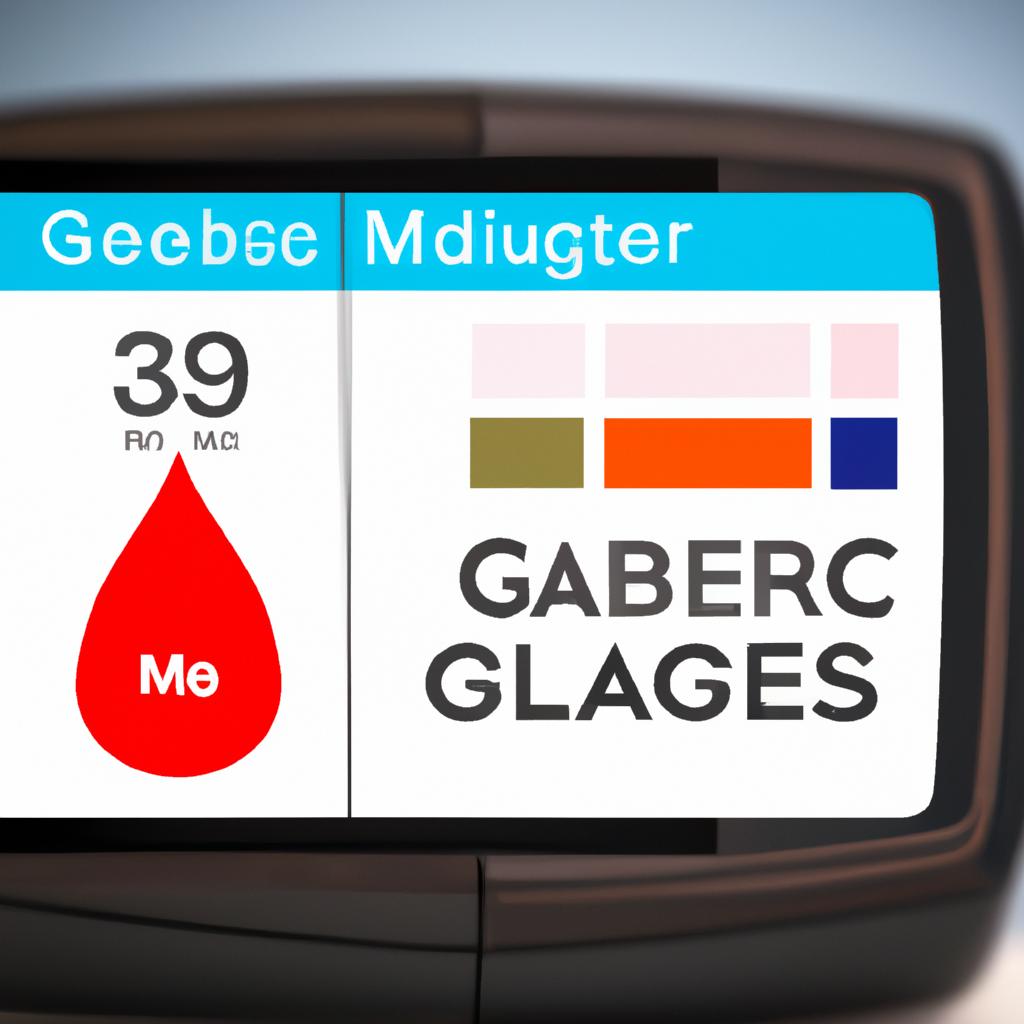The Potential Benefits of Continuous Glucose Monitoring for Athletic Performance Optimization
The Benefits of Continuous Glucose Monitoring for Athletic Performance
Athletic performance depends on many factors, especially nutrition. Continuous Glucose Monitoring (CGM) helps athletes optimize their performance. This technology tracks glucose levels in real-time. Athletes gain insights into their body’s responses to various foods and activities.
Understanding Continuous Glucose Monitoring
Continuous Glucose Monitoring uses a small sensor. The sensor attaches to the skin and measures glucose levels in interstitial fluid. Athletes can view glucose data on smartphones or smartwatches. This real-time feedback helps athletes make informed nutrition and training decisions.
Many athletes overlook glucose management. They often rely on traditional methods, like blood tests. CGM offers a comprehensive view of glucose fluctuations. This information helps athletes understand their unique metabolic responses.
Transitioning to Continuous Glucose Monitoring
Adopting CGM requires commitment. Athletes must track their data consistently. They should learn to interpret this information. As athletes familiarize themselves with glucose patterns, they can adjust nutrition and exercise routines.
Nutrition Tips for Optimal Glucose Levels
Nutrition significantly impacts glucose levels. Athletes should maintain a balanced diet. This diet should include complex carbohydrates, lean proteins, and healthy fats. Whole grains, fruits, and vegetables provide essential nutrients. These foods help sustain energy during training.
Timing is Key
Meal and snack timing impacts glucose levels. Athletes should consume carbohydrates before and after workouts. This strategy provides energy and aids recovery. For example, bananas or whole-grain bread serve as effective pre-workout snacks.
Athletes should also consider glucose spikes. Foods high in sugar can cause rapid increases in glucose. These spikes lead to energy crashes later. Instead, athletes should choose foods with a low glycemic index. These foods release glucose slowly, providing lasting energy.
Personalization Through Data
CGM allows athletes to personalize their nutrition plans. They can monitor how specific foods affect their glucose levels. For instance, one athlete may find oats provide sustained energy. Another may feel better after eating quinoa. CGM enables athletes to tailor their diets to their unique responses.
Exercise Advice for Enhanced Performance
Exercise significantly affects glucose levels. Athletes should monitor glucose data during workouts. Low glucose levels can lead to fatigue. By tracking glucose, athletes can adjust intensity and duration accordingly.
Adjusting Workouts
If glucose levels drop during training, athletes may need to refuel. Consuming a carbohydrate-rich snack during long sessions helps maintain energy. Athletes can use CGM to identify the best times to eat. This real-time data enables immediate adjustments.
Athletes should also prioritize recovery strategies. Post-exercise nutrition is vital for optimizing performance. Consuming protein and carbohydrates within 30 minutes after workouts aids recovery. CGM helps athletes determine the right amounts based on glucose levels.
Finding the Right Balance
Finding the right balance between exercise and nutrition is crucial. CGM provides insights to help athletes strike this balance. They can experiment with different workouts and meal timings. Over time, they will identify what works best for their bodies.
Health Benefits Beyond Performance
Continuous Glucose Monitoring offers more than performance benefits. It can enhance overall health. Stable glucose levels improve mood and focus. When athletes manage glucose effectively, they experience fewer energy crashes. This stability leads to more productive training sessions.
Moreover, CGM can help prevent long-term health issues. Athletes who monitor glucose levels may reduce their risk of insulin resistance. They can also maintain a healthy weight more easily. Overall, CGM promotes a holistic approach to health and wellness.
Enhanced Recovery
Athletes often underestimate recovery’s importance. Effective recovery improves performance in subsequent workouts. CGM aids this process by providing feedback on hydration and nutrition. Athletes can optimize recovery strategies based on glucose data. For instance, they can adjust carbohydrate intake to replenish glycogen stores.
Conclusion
Continuous Glucose Monitoring offers athletes a powerful tool for optimizing performance. It provides real-time data that enhances nutrition, exercise strategies, and overall health. By understanding glucose patterns, athletes can make informed decisions that improve results.
With the right knowledge and commitment, CGM can transform athletic performance. Athletes can harness data to unlock their full potential. Embracing this technology may be key to reaching new heights in athletic performance.
Below are related products to the topic if you’re interested:
FAQ
What is Continuous Glucose Monitoring (CGM) and how does it benefit athletes?
Continuous Glucose Monitoring (CGM) is a technology that tracks glucose levels in real-time using a small sensor attached to the skin. For athletes, CGM provides valuable insights into how their bodies respond to different foods and training activities, allowing them to optimize nutrition and exercise strategies for better performance.
How can athletes personalize their nutrition using CGM data?
CGM allows athletes to monitor how specific foods affect their glucose levels. By analyzing this data, athletes can tailor their nutrition plans to their unique metabolic responses. For example, some athletes may find that certain foods, like oats or quinoa, provide them with sustained energy, enabling them to make informed dietary choices that enhance their performance.
What role does meal timing play in managing glucose levels for athletes?
Meal and snack timing is crucial for managing glucose levels in athletes. Consuming carbohydrates before and after workouts helps provide energy and aids recovery. Additionally, choosing foods with a low glycemic index can prevent rapid glucose spikes, leading to more stable energy levels throughout training and competition.















Post Comment